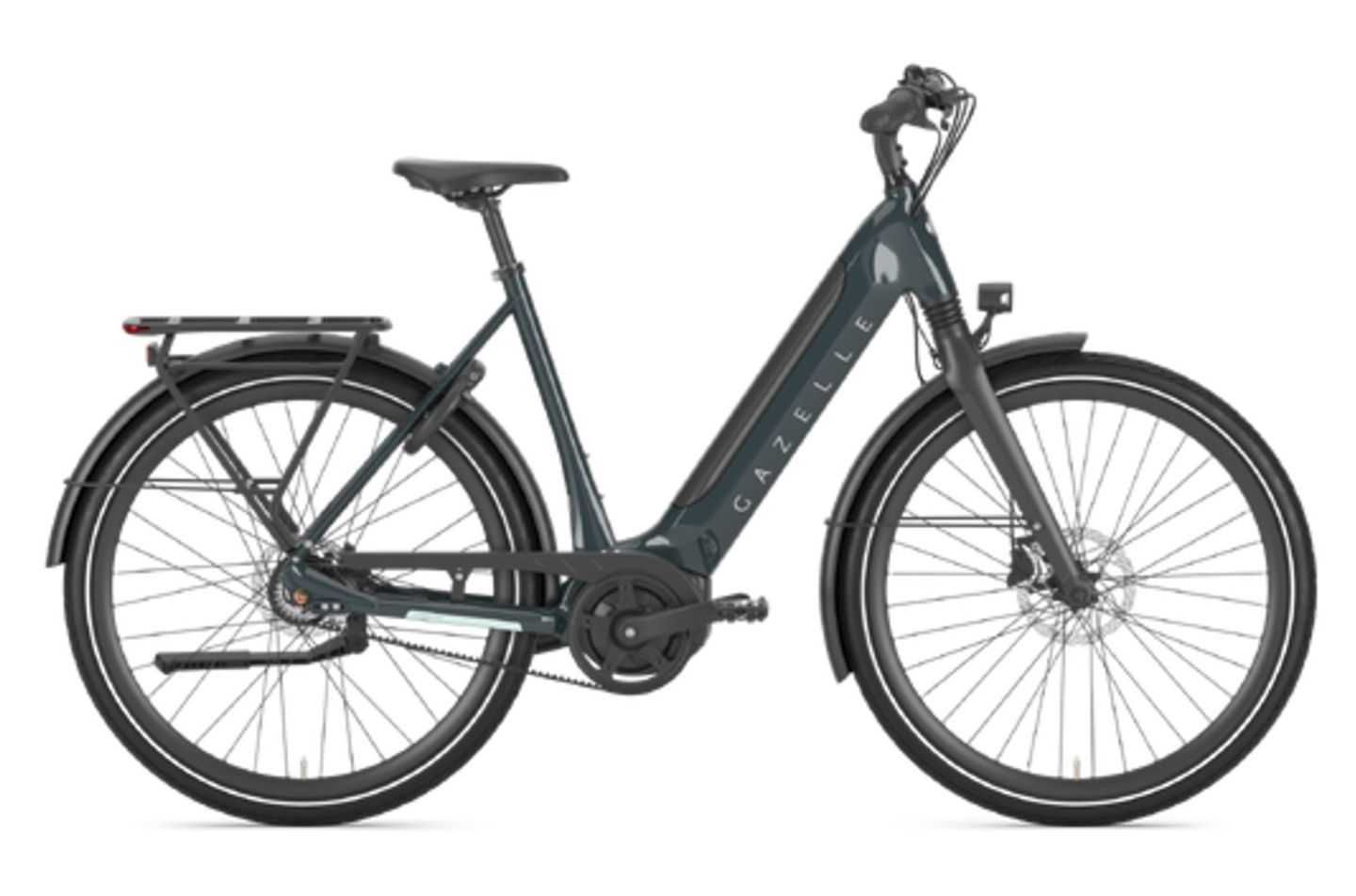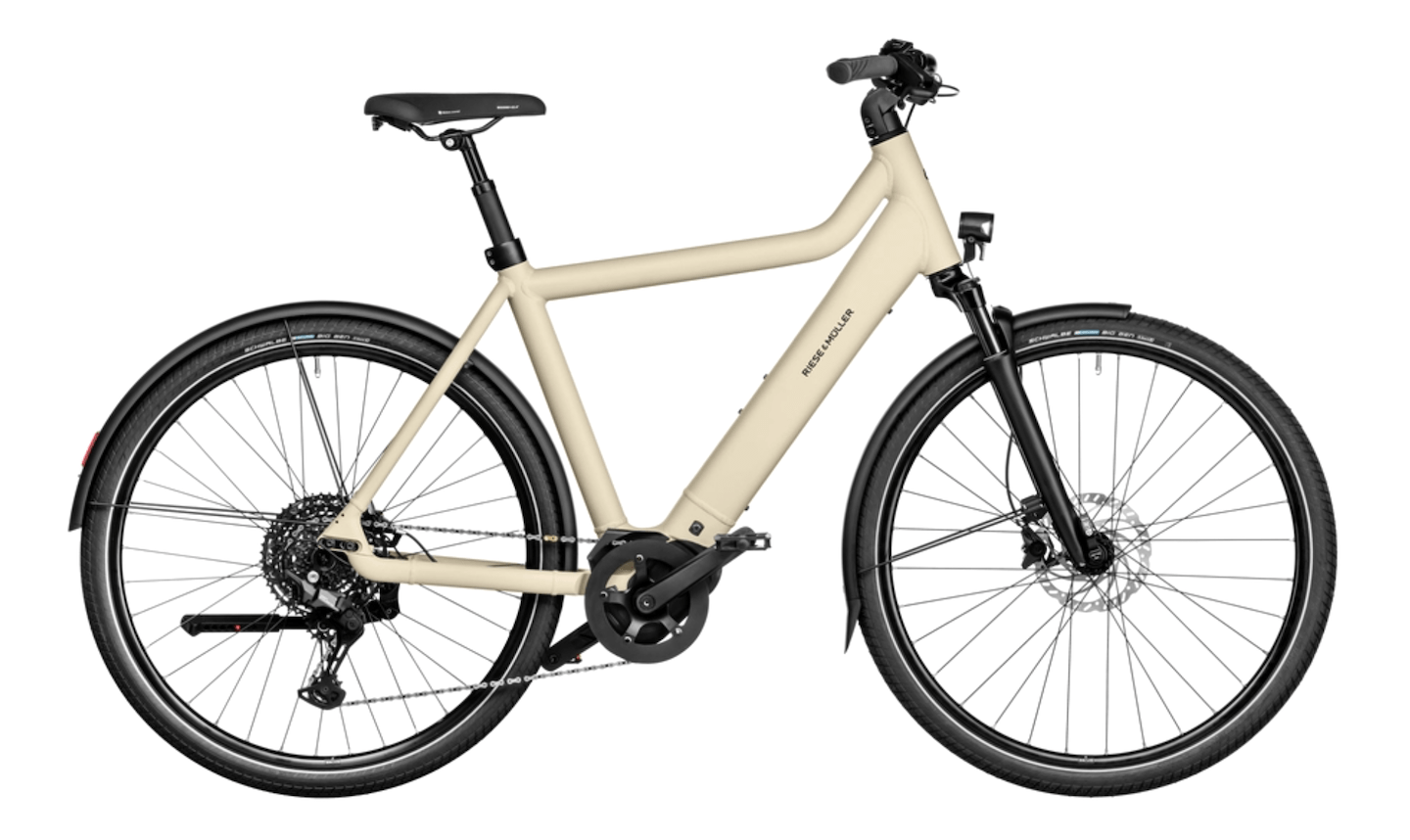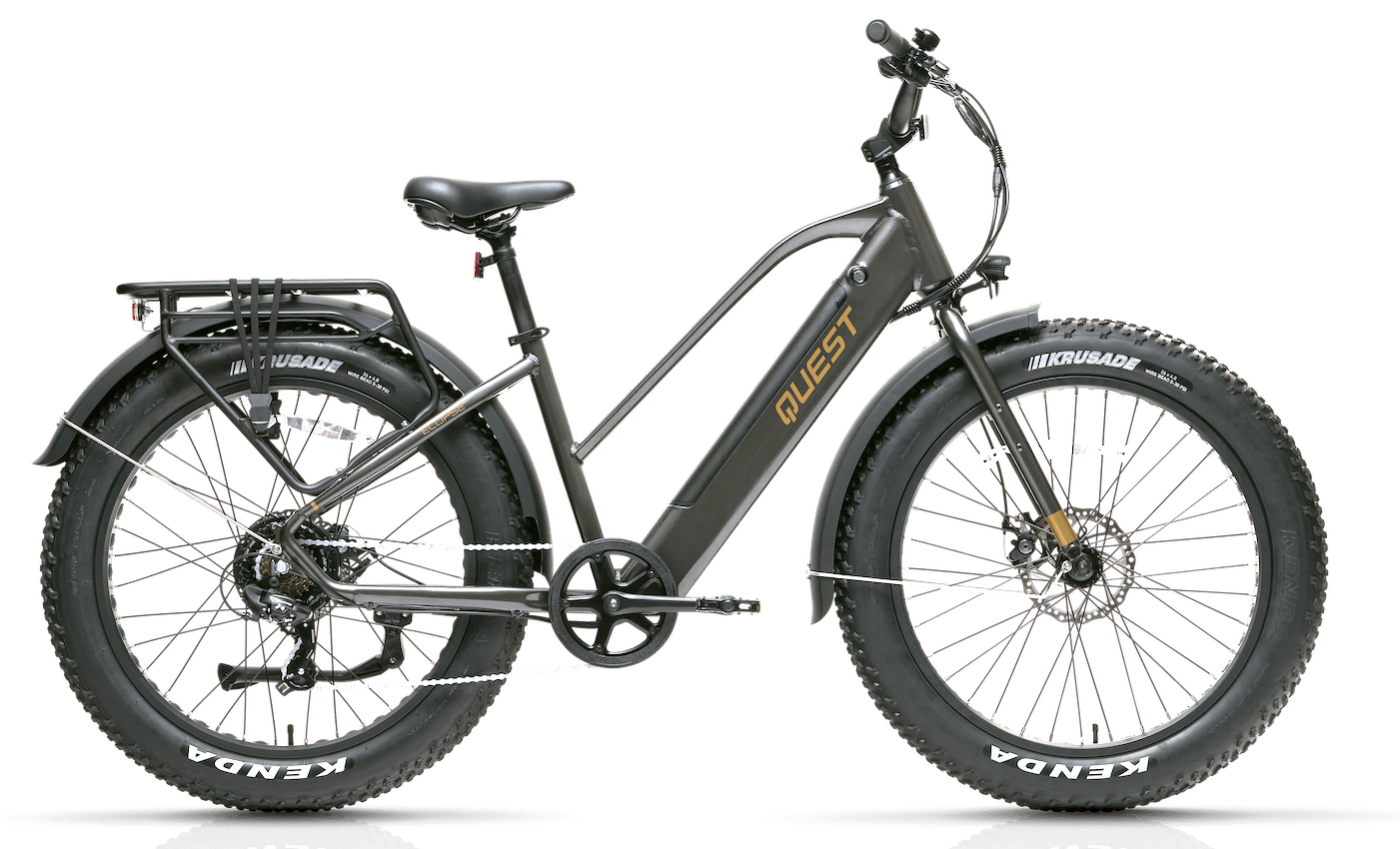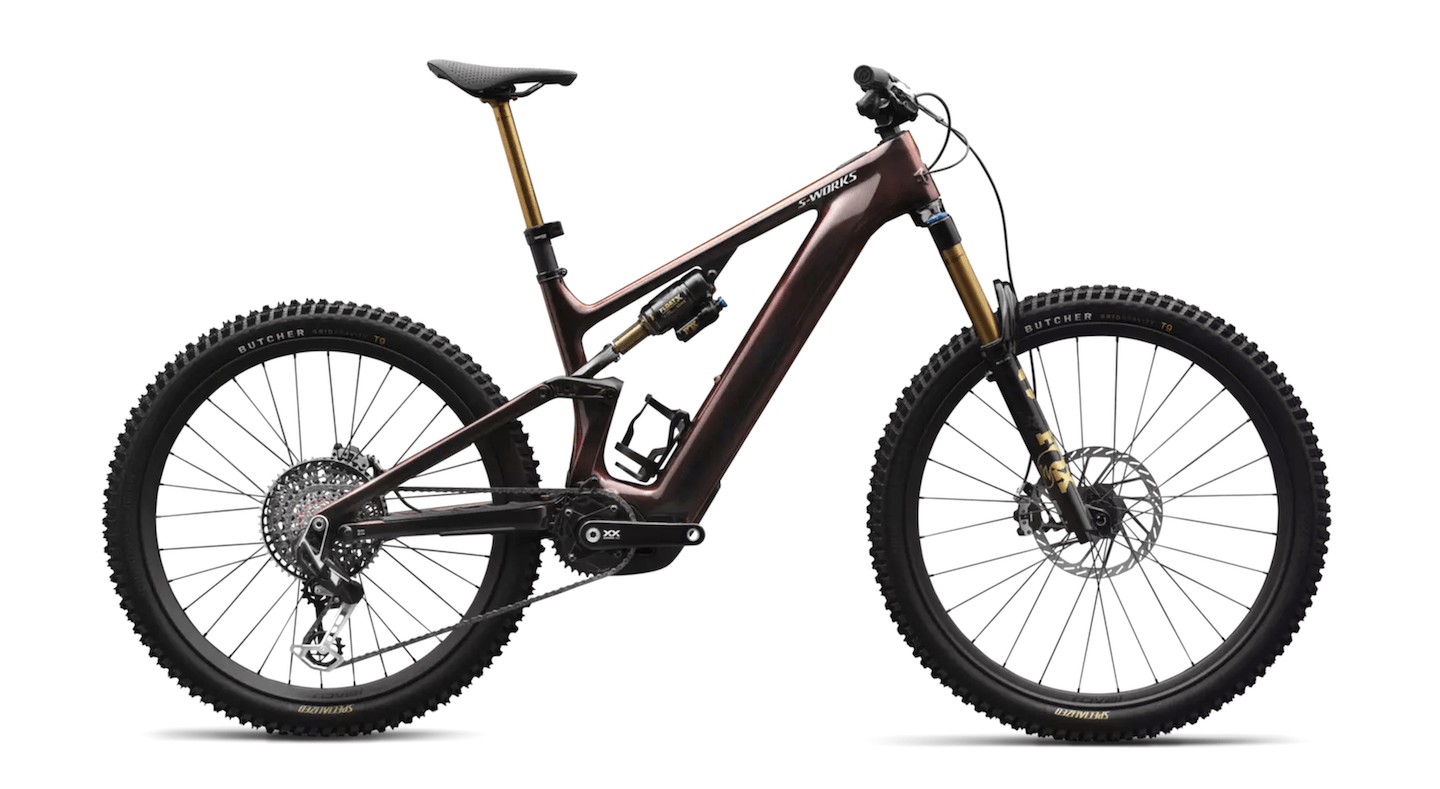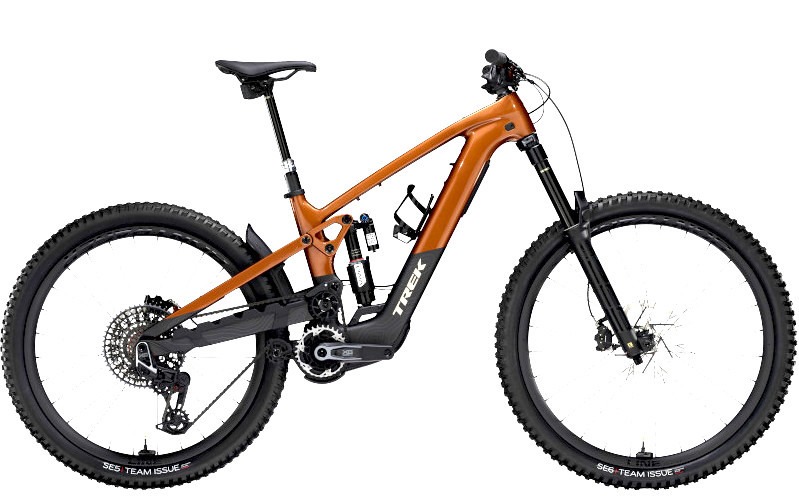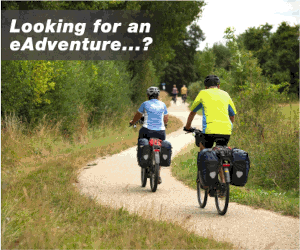June 25, 2020 - (Stuttgart/Reutlingen) Bosch eBike Systems calls for political decision makers during the coronavirus crisis to adopt a determined approach to drive forward mobility change and develop the cycle infrastructure in urban areas. Because one thing has become clearer than ever during the coronavirus pandemic: Bicycles and eBikes are playing an increasingly important role in modern individual mobility.
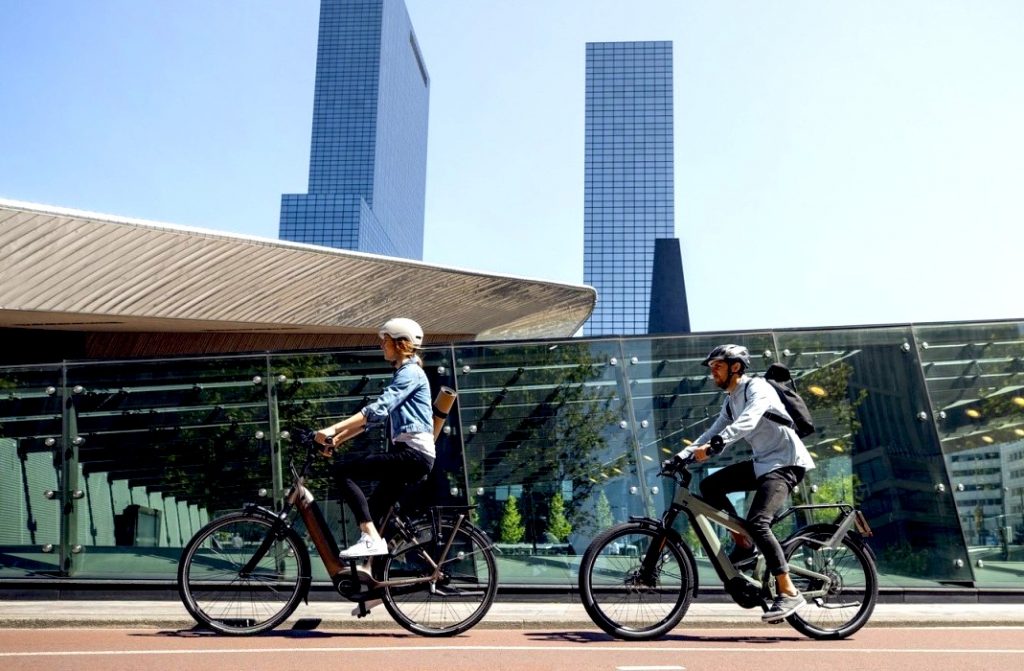
Not only are they environmentally friendly, but they are exactly what we need as our “new normal” mode of transport. Getting on your bike means keeping your distance and staying healthy. Some municipalities are now quickly and unbureaucratically promoting the change – a step which Bosch eBike Systems believes should set the trend for others: “Bikes and eBikes are the ideal solutions for personal transport – even more so now during the coronavirus crisis. Now is the time to make more space for them in our cities, develop a bicycle-friendly infrastructure and provide secure parking. This is the only way to achieve the changes in urban traffic that we need”, says Claus Fleischer, CEO of Bosch eBike Systems.
More people are getting on their bikes
In the past few months, individual mobility in general and cycling in particular have become more relevant. And for good reasons: On a bike, road users keep their distance, protect themselves and others from becoming infected and promote their health. Cycling helps relieve one of the most serious side-effects of isolation: lack of exercise. It strengthens the immune system and lungs, is good for the cardiovascular and respiratory systems and also has positive effects on mental health. Cyclists enjoy the freedom and flexibility that their bike gives them. They can also satisfy their desires to experience fresh air and natural environments. These benefits have brought about a change in mobility patterns; more people are getting on their bikes – particularly in large cities.
The current crisis is thus speeding up an existing trend: According to Germany’s Zweirad-Industrie-Verband (ZIV – bicycle industry association), the number of bikes and pedelecs in Germany reached its highest level of around 75.9 million in 2019. The cycle infrastructure needs to be developed to ensure safe cycling. In the “Fahrrad-Monitor 2019” study conducted by the Federal Ministry of Transport and Digital Infrastructure, 60 percent of respondents call upon the politicians to make more cycle paths.
Making Cycling more Attractive
Some cities have responded during the crisis and have restructured their streets for eBikes and bicycles. At the end of March, Berlin opened pop-up cycle lanes, which are provisional for now, but will become permanent cycle paths. Berlin is thus implementing a change in urban traffic as a direct consequence of the pandemic along with other cities throughout the world that are currently promoting cycling in an effort to contain the spread of the coronavirus. Bogota, Brussels, Budapest, Milan, Mexico City, New York, Paris and Vancouver, for example, have introduced car-free streets to encourage cycling.
The economic benefits of this are clearly evident in Milan, for example, where temporary cycling paths on car lanes and priority streets for cyclists and pedestrians are breathing new life into retail outlets and restaurants in the city centre. “Such decisions are not only the correct response to the current situation, but are a step that was long overdue and should be effective in the long term”, says Claus Fleischer.
According to a survey carried out by the ADAC (General German Automobile Club), 21 percent of Germans intend to cycle more even after the crisis. “Coronavirus has now achieved something that countless mobility debates failed to do before. But all these measures will not help unless they can be sustained. It is now up to the political decision makers to introduce solutions to make cycling sustainably more attractive, thereby improving the quality of life in our towns and cities in the long term.”





